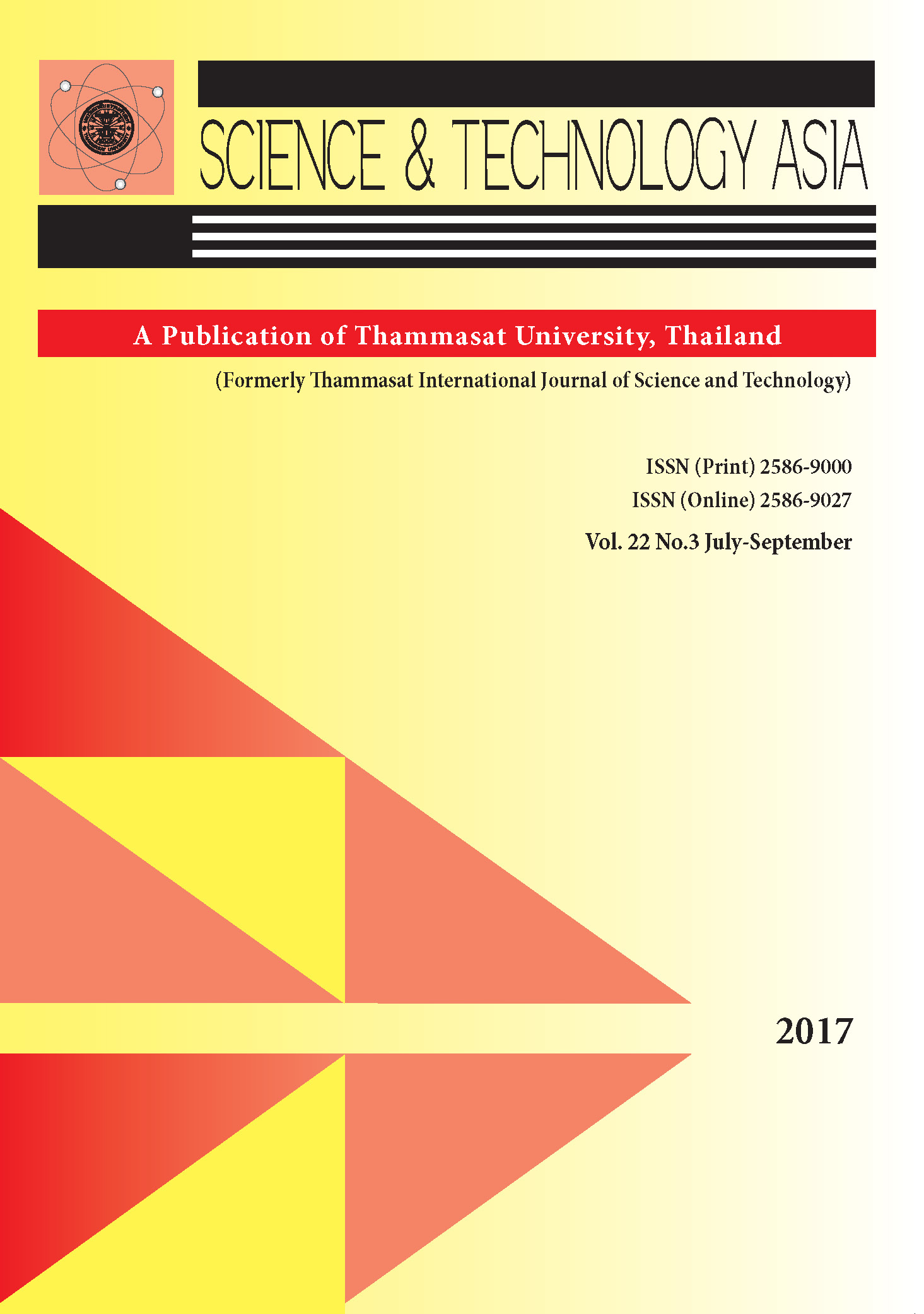Hybrid Ant Colony Optimization and Bees Algorithm for Planning of Public Fast Charging Stations on a Residential Power Distribution System
Keywords:
Covering location principle, Fast charging stations, Heuristic algorithms, Optimal planning, Plug-in electric vehicles, Power distribution system, Residential zone, Urban areaAbstract
Nowadays, the plug-in electric vehicle industry vastly grows into transportation sector worldwide. Hence, the public fast charging stations (FCSs) must be prepared to serve this emerging plug-in electric vehicle charging demand. Moreover, planning for FCSs within the urban area is quite important. A hybrid swarm optimization technique blending beneficial characteristics of Ant Colony Optimization (ACO) with Bees Algorithm (BA), named HACOBA, is developed in this paper to find the optimal locations of FCSs that are placed on the residential power distribution grid such that it maximizes the fast charging serviceability subject to power distribution system limit and public road traffic constraints. In order to verify the effectiveness of the proposed method, it has been investigated on the IEEE-69-bus test system for two sizes of the fast charger of FCSs. From the obtained simulation results, it is found that the proposed algorithm shows its competitiveness with traditional techniques.Downloads
Published
2017-10-12
How to Cite
Sharma, M. K., Leeprechanon, N., & Phonrattanasak, P. (2017). Hybrid Ant Colony Optimization and Bees Algorithm for Planning of Public Fast Charging Stations on a Residential Power Distribution System. Science & Technology Asia, 22(3), 112–125. Retrieved from https://ph02.tci-thaijo.org/index.php/SciTechAsia/article/view/102557
Issue
Section
Engineering








